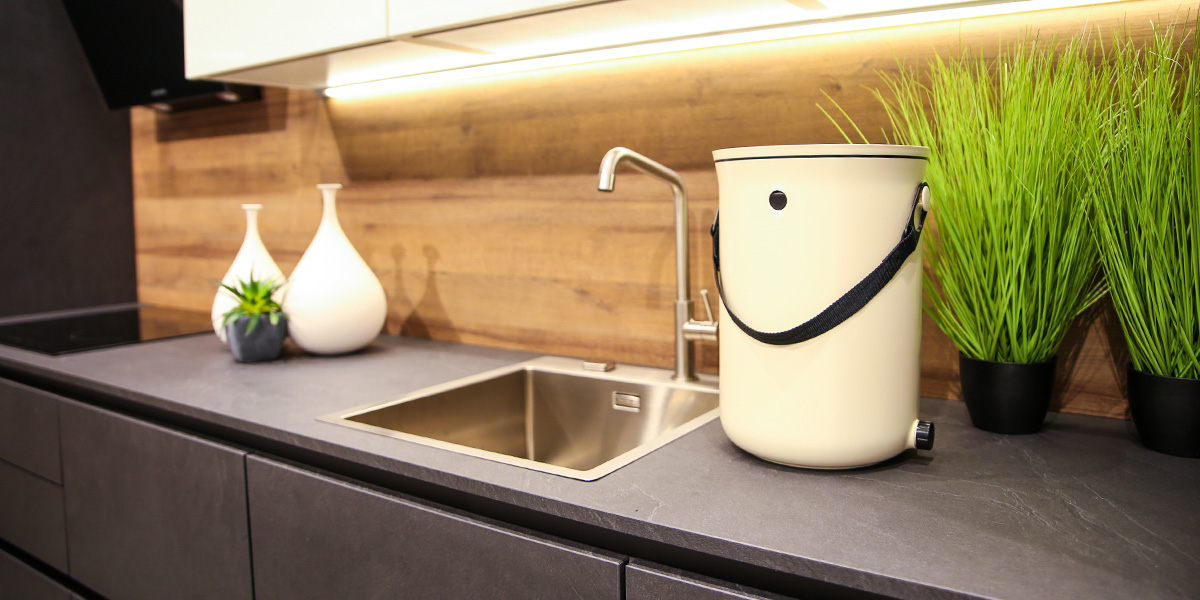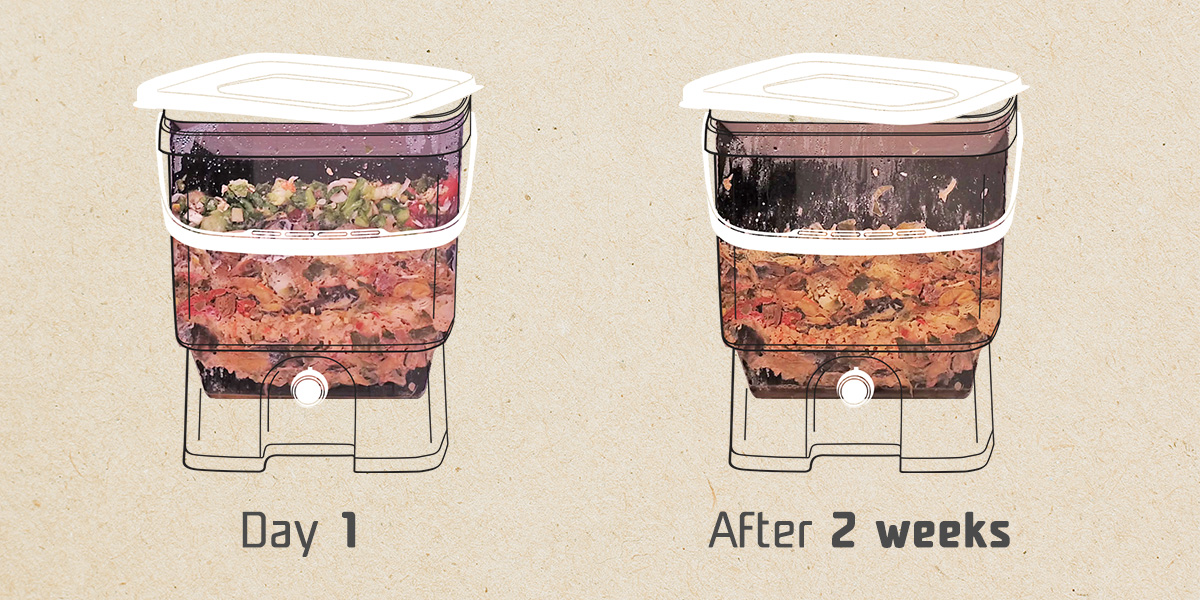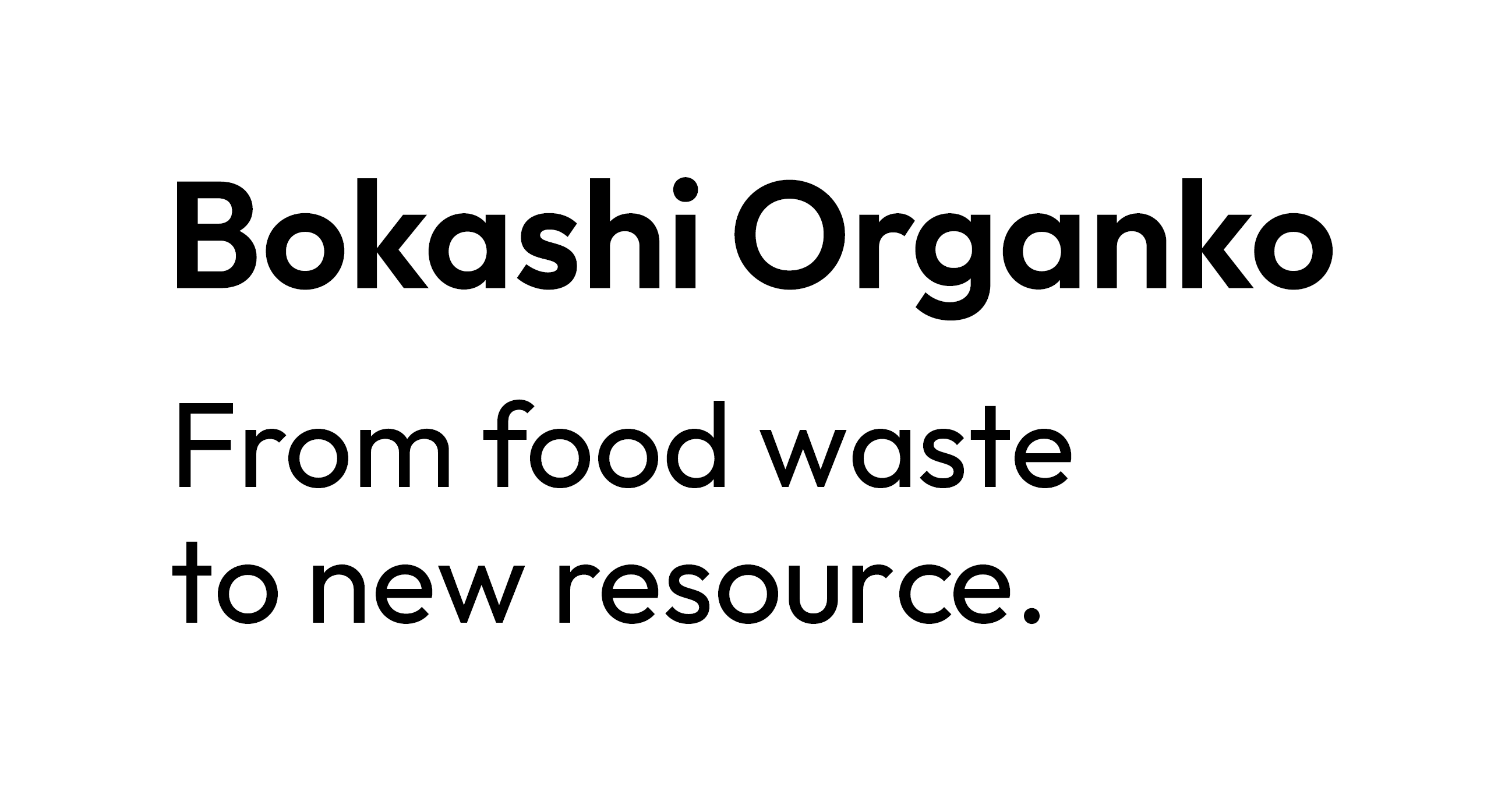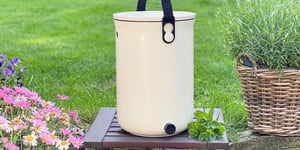Due to enhanced global warming, winters tend to be less cold than they were in the past in many four-seasoned areas across the globe. However, the temperatures still get below zero degrees, especially during the nights. As such, the soil also gets frozen, which means that a lot of plants are in a sort of deep sleep. The same goes for gardens and traditional composting. If you’ve ever seen a composting pile during the winter, you know that the process of decomposition is usually completely paused. Luckily, we can use Bokashi composting to continue to responsibly manage our bio-waste, even in winter times. However, even Bokashi Organko users can be affected during the coldest part of the year. As such, let’s take a closer look at what happens to Bokashi composting in winter.
Bokashi composting in winter
As mentioned above, Bokashi composting in winter continues to ferment your food waste, assuming that you follow the guidelines correctly. First, you need to have a high-quality Bokashi composter. Second, it is important to keep it inside. Of course, during warmer months, you can have Bokashi Organko on your balcony, terrace, or even in your garden. However, since outdoor temperatures always fluctuate, these are not optimal ways to store your Bokashi Organko.
Moreover, the optimal temperature for the fermentation process is about 24°C, hence the name “indoor composting”. Though, mainly for practical reasons, most users tend to keep the composting bin in their kitchens anyway. With that said, you will most likely use your urban composter the same way you usually do and will not be affected by the winter.

Bokashi composting in winter - Fermentation Liquid
If you’ve used Bokashi composters before, you know that they produce fermentation liquid known as Bokashi juice as a side product. During the winter months, you will most likely not have as many plants to fertilize; thus, you will be able to use most of this side product to clean your drains. However, be sure to continue to spoil your indoor plants with Bokashi fermentation liquid (remember to dilute it in 1:200 ratio).
In addition, you can also store the liquid in an airtight container for up to a month. This will only make sense if you have a friend or an acquaintance who has a greenhouse garden or a lot of indoor plants and could use this organic fertilizer. If you decide to go down that path, make sure to store it in a dark and cool place.
Bokashi composting in winter - Fermented Mass
The use of fermented mass is where Bokashi composting in winter is most affected. It depends on your preferences and access to landfills; however, ideally, you dig Bokashi cake in soil or add it to your aerobic composting pile during warmer months. That way, it gets converted to a nutrient-rich soil builder. Both of these options are available to you during the winter, but the process of decomposition is on pause. Not to mention that it is much harder to dig into frozen soil. Though, if you decide to stick to this way of handling your bokashi cake, keep in mind that the fermented mass will stay at its current stage of breaking down until the temperatures rise enough to get effective microorganisms (EM) and other organisms involved in composting going again.

On the other hand, you may simply dispose of your Bokashi cake in an organic waste container and let your utility company handle it during the winter months. From the environmental point of view, this is not an ideal solution; however, it would be unrealistic to expect users to use large containers in their homes to accumulate Bokashi cake and mix it with soil to get fine compost. Unless you have an enclosed large balcony or terraces, or extra space in your pantry, you won’t decide to go down that road. Though, if you have enough indoor space and the will to make use of your Bokashi cake in the best possible way, even in winter, we encourage you to go for it. The latter makes extra sense if you have a greenhouse garden or a lot of indoor plants (or know someone who does).
Bokashi composting in winter - Parting Words
If you’ve covered the content provided above, you now know what happens with Bokashi composting in winter. You know that since this type of composting is predominantly used as indoor composting, it can be used as a proper way to manage your food waste, even during the winter. However, in case you normally keep your Bokashi bin outside, you’ll have to move it indoors during colder months. That way, you will continue to reduce the amount of your kitchen waste uninterrupted. As such, both fermentation liquid and Bokashi cake will be produced. However, it is the use of this main and side product that will be slightly affected.
While you can continue to use the Bokashi juice to fertilize active plants or clean your drains, you will not be able to make the most out of the Bokashi fermented mass unless you are opt-in for a larger indoor container to mix it with soil. The latter tends to be impractical for the majority of users, thus disposing of Bokashi cake in public containers designated for organic waste offers the most practical solution.
Whichever option you choose, make sure to continue managing your bio-waste responsibly, even during winter. Also, let us remind you that many people appreciate your efforts to make the world more sustainable. Thank you!


